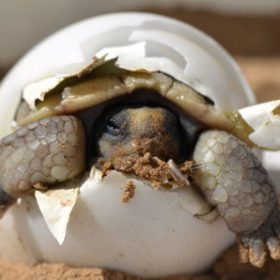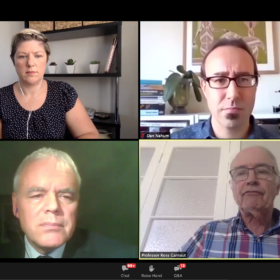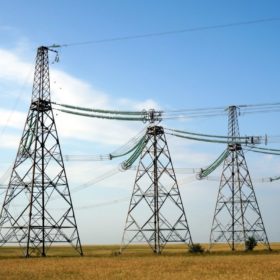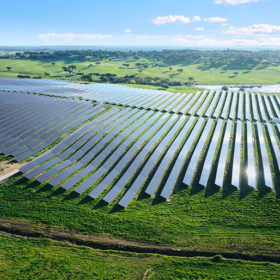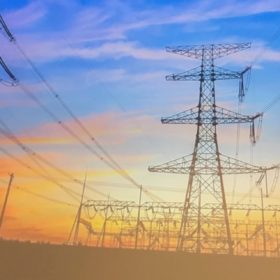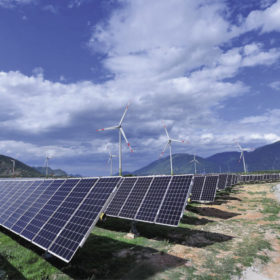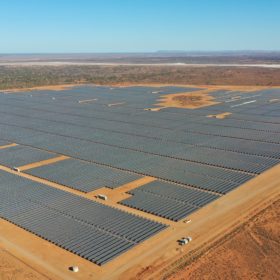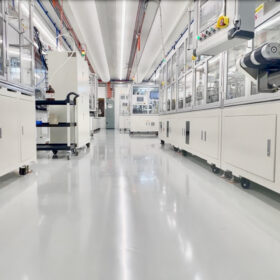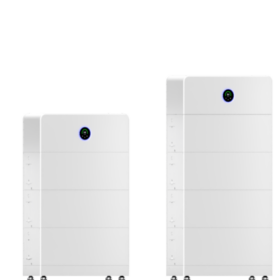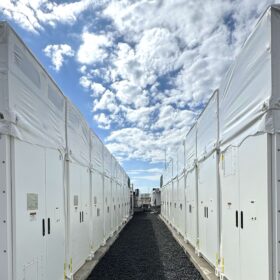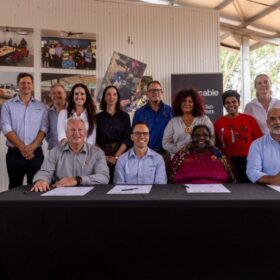Giant 690-MW Gemini solar project near Las Vegas on BLM land gets the go-ahead
Historic, archeological, and environmental issues have been mitigated. About 70 desert tortoises are being relocated during construction — and the project is full-speed ahead for developers Arevia Power and Solar Partners XI.
Cheap energy, smart people, a trove of resources — it’s make or break for Oz
Australia’s ability to fuel a manufacturing boom has never been greater. A timely new study by the Centre for Future Work shows what plugging production into solar, wind and hydro could do to build competitive industries and a sustainable, high-employment scenario.
Powerlink gets ARENA funding to investigate system strength challenges in North Queensland
A new study partly funded by the Australian Renewable Energy Agency (ARENA) will look at system strength issues that have been an emerging challenge for renewable energy generation in the National Electricity Market, and explore the merits of several technical solutions, including battery storage.
Neoen to build Australia’s largest solar farm after power deal with CleanCo
Between 460 and 480 MWp in size, Western Downs will become the largest solar farm in Australia, bringing significant regional economic benefits to South West Queensland.
Environmental approval recommended for gigawatt-scale renewable energy hub
A mega solar and wind energy project in Western Australia’s Pilbara region has moved forward after being recommended for environmental approval.
WoodMac: Grid congestion chokes renewables investments in Australia
Wood Mackenzie analysts have expressed concern over deteriorating renewable energy investment conditions in Australia, noting that greater clarity on transmission investment is needed to support the sector.
LCOE from large scale PV fell 4% to $50 per megawatt-hour in six months
Analysts at Bloomberg New Energy Finance say the lowest-cost projects financed in Australia, China, Chile and the UAE in the last six months hit a levelized cost of energy of just $23-29/MWh and the best solar and wind projects will produce electricity for less than $20/MWh by 2030.
AEMO: The grid can handle 75% renewables by 2025
The Australian Energy Market Operator (AEMO) has found that the country already has the technical capability to safely operate a system where three-quarters of electricity comes from wind and solar. However, to do so it needs to get regulations right.
Constraints lifted for five West Murray solar farms
In a major feat for the energy sector, the Australian Energy Market Operator (AEMO) has provisionally lifted generation constraints imposed on five solar farms in the West Murray Zone, following the successful testing of new tuned inverter settings this week.
South Australia forecast to add nearly 1 GW of big PV over the next four years
With more than half of its electricity already supplied by wind and solar, South Australia is setting the bar high for how to efficiently decarbonize the grid. As it moves toward its 2030 target of “net” 100% renewables, the speed of the state’s energy transition will depend on a host of factors.
